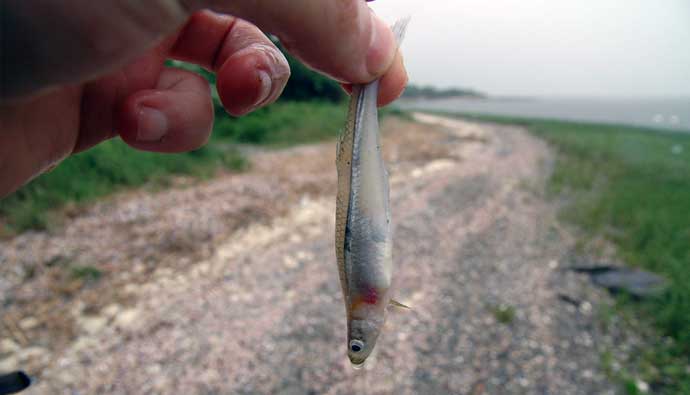Are you considering introducing minnows to your aquarium or perhaps using them as bait for your next fishing trip? If so, you may be wondering whether these small fish can thrive in tap water. The answer involves a nuanced understanding of both minnows and the water we often take for granted. To better comprehend this topic, we will explore the types of minnows, the characteristics of tap water, and the adjustments one may need to make to provide a safe and thriving environment for these fish.
First, let’s identify the different types of minnows. Minnows generally belong to a variety of families under the order Cypriniformes, but the term is commonly used to describe small freshwater fish. Notable varieties include the fathead minnow, common minnow, and rosy red minnow. Each type possesses unique characteristics that merit consideration when determining their habitat needs.
Fathead minnows, for instance, are exceptionally hardy and often found in various North American freshwater environments. They adapt well to different conditions, which makes them popular among anglers. On the other hand, the common minnow (or roach) tends to prefer slightly cleaner waters and can be sensitive to pollution. Rosy red minnows are often sold in pet stores and are favored not just for baiting but also as ornamental additions to aquariums. Understanding these differences is imperative when discussing the water quality they require.
Next, let’s examine tap water itself. Tap water, while convenient, often contains a cocktail of chemicals and minerals that may adversely affect aquatic life. Municipal water supplies typically contain chlorine or chloramine, both of which are used for disinfection. While safe for human consumption, these chemicals can be detrimental to fish, including minnows. Additionally, tap water’s hardness and pH levels can vary widely from one region to another, creating a less than ideal environment for delicate aquatic organisms.
Chlorine, in particular, can be lethal to fish. Being highly toxic at relatively low concentrations, it disrupts the respiratory functions of fish, impairing their ability to extract oxygen from water. Fortunately, there are methods to condition tap water, thus mitigating these harmful effects. Water conditioners that neutralize chlorine and chloramine can be readily mixed into tap water, rendering it safer for animal inhabitants.
Moreover, water hardness—related to the concentration of minerals like calcium and magnesium—also plays an essential role in the well-being of minnows. Some minnows prefer softer water, while others thrive in harder conditions. Therefore, testing the hardness and adjusting it as necessary is critical. Specific test kits are readily available, allowing you to tailor the water’s mineral content to match the ideal parameters for the specific type of minnow you plan to keep.
The pH level of water is another pivotal factor deserving attention. Most minnows flourish in a neutral pH range of 6.5 to 7.5. However, rapid fluctuations in pH can cause significant stress, leading to a decline in health or even mortality. By using buffers, aquarists can stabilize pH levels and ensure a more stable environment for their minnow inhabitants. Regular monitoring of water conditions is essential because even small changes can have enormous implications for aquatic life.
Nevertheless, it’s not only chemicals and minerals that can affect minnows; temperature is also crucial. Most minnows are comfortable in the range of 65°F to 75°F (18°C to 24°C). Fluctuations beyond this range can lead to stress or even lethal consequences. If you are using tap water in an aquarium setting, consider investing in a reliable heater or chiller to maintain the temperature within the desired parameters.
In summary, while minnows can live in tap water under certain conditions, a proactive approach is required to ensure their health and longevity. The initial use of tap water requires adequate conditioning through the application of dechlorination agents, regular monitoring of pH levels, and adjustments to hardness. Temperature control is an additional aspect not to be overlooked.
Ultimately, whether you’re keeping minnows in an aquarium or using them for bait, understanding their specific needs will enhance your experience and contribute to their health. By taking the necessary steps to prepare your tap water, you will create a hospitable environment where minnows can thrive, offering you both joy in observation and success in fishing endeavors.
Maintaining the ideal living conditions is a form of stewardship, where the delicate balance of nature is honored and preserved. Empowered with the information discussed, you are equipped to create a thriving microcosm for your minnows, fostering a deeper appreciation for these charming little fish.
